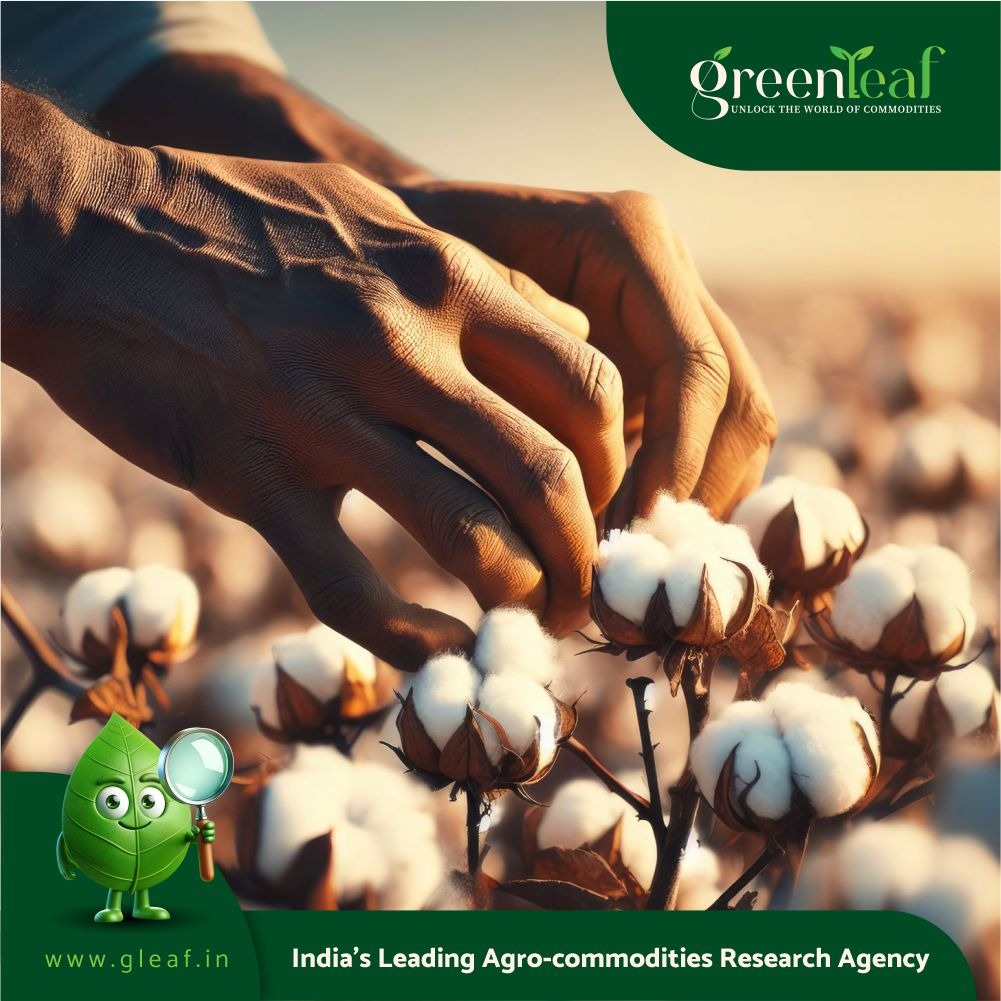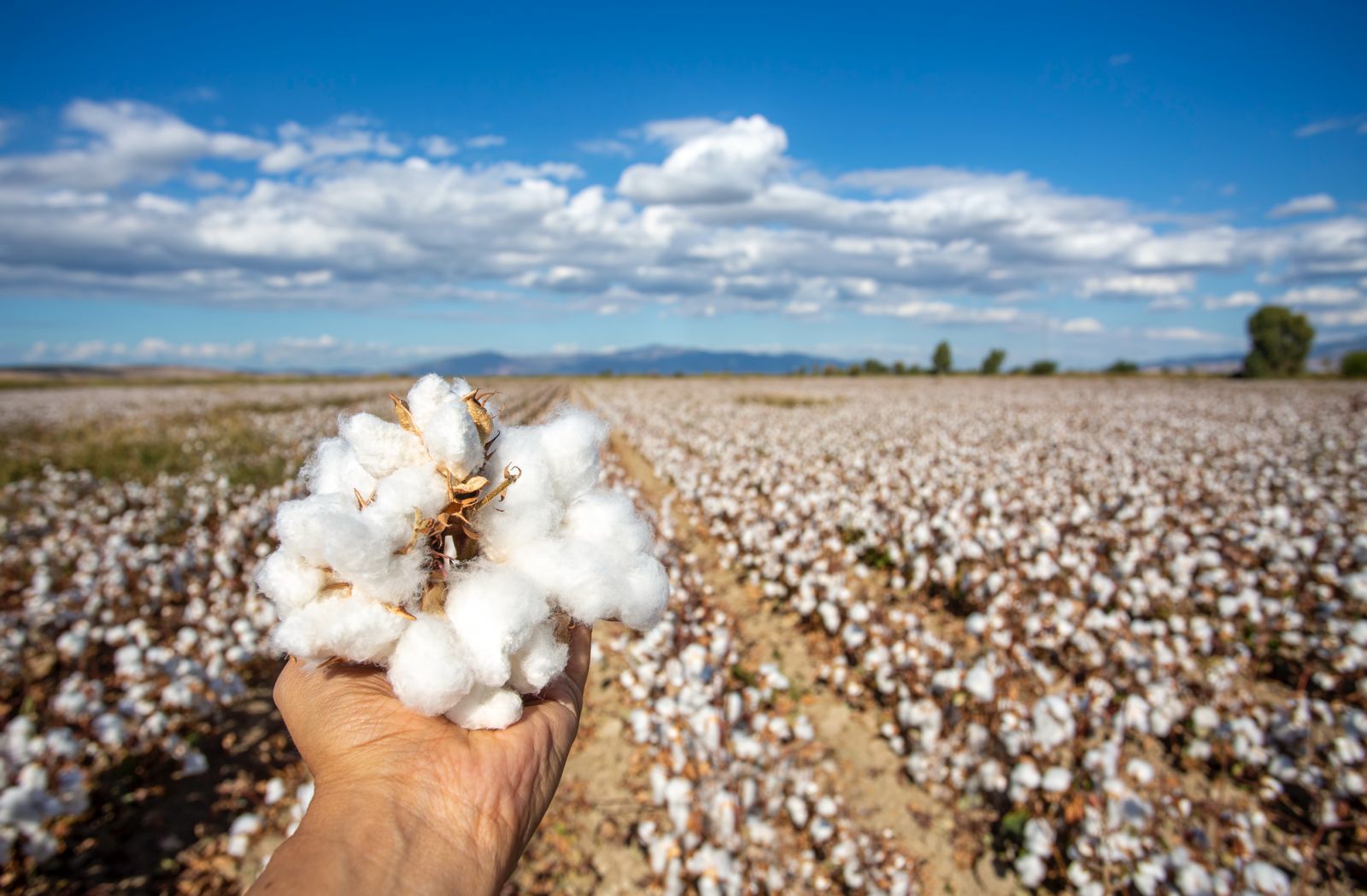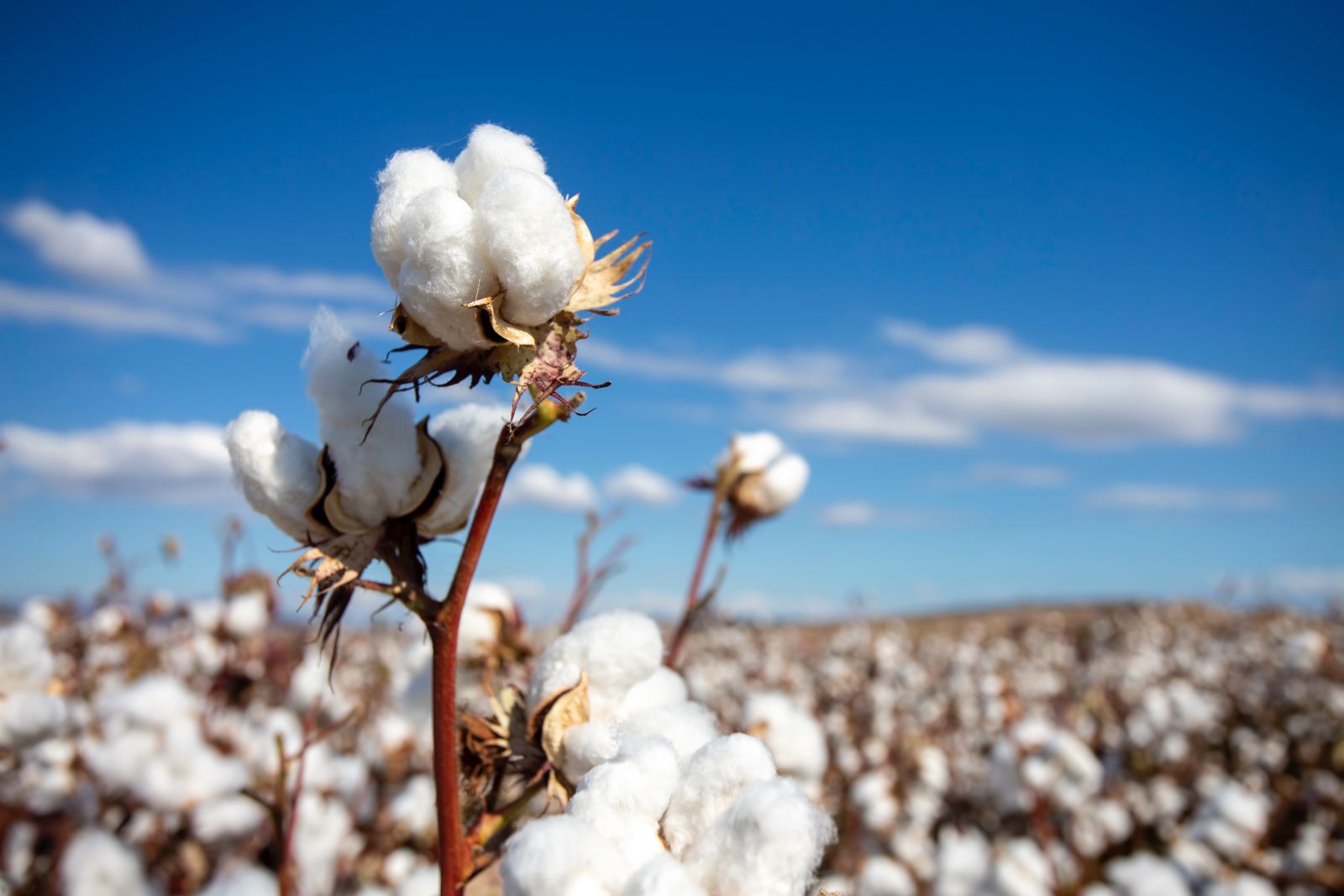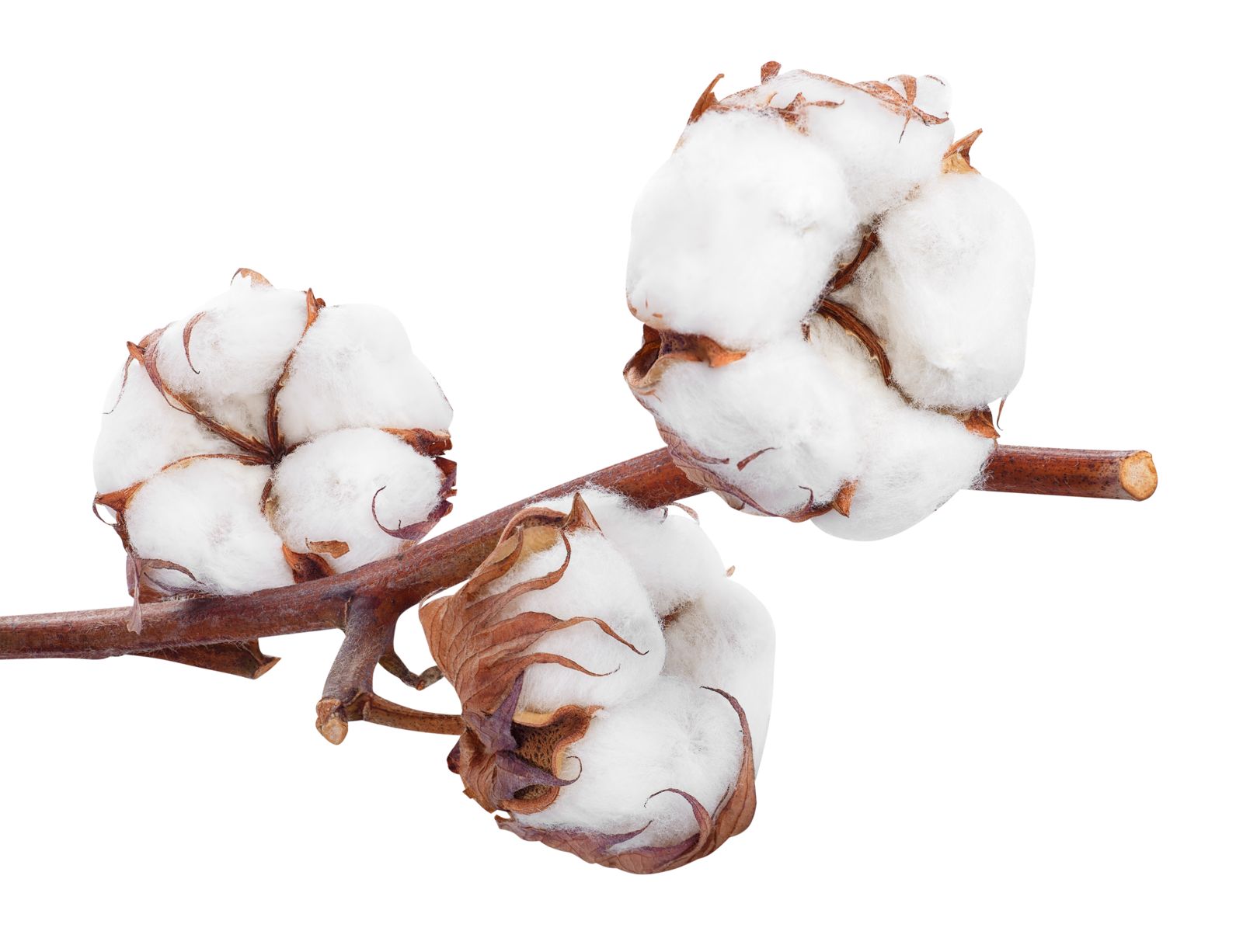Once the world’s largest cotton producer and exporter, India has witnessed a significant drop in cotton production due to sharp decline in its area of cultivation over the last five years.
During the period between 2020-21 and 2024-25, country’s CAGR (compound annual growth rate) for area and production of cotton recorded a negative growth of (-) 4.12 per cent and (-) 3.70 per cent respectively. Cotton production, during this phase, fell from 352.48 lakh bales to 306.92 lakh bales.
The reason for decline in area of cultivation is primarily attributed to failure of Bt cotton against pink bollworms & other insects-pests which make it economically less attractive compared to the low-risk and highly remunerative crops like maize, rice, sugarcane etc. Further, climate change induced irregularity of monsoon has also added to the instability of cotton yield.
Despite declaration of minimum support price (MSP), price volatility in the cotton market further compounds the problem. Farmers are compelled to sell at prices below the MSP due to lack of 'legal guarantee' which disincentivises cotton cultivation. Adding to the problem, sharp increase of inputs prices of Bt cotton seeds, pesticides and labour without any significant yield gains during the last decade has made cotton an economically unviable option for farmers in the agriculturally progressive zones.
Now, farmers prefer switching from cotton to soybean, pulses, maize, rice, sugarcane etc in central and southern zones and direct seeded rice (DSR), maize, mung bean in north western regions. The per-hectare national average cotton yield of about 0.5 tonne is not economically viable compared to over 6 tonne yields of rice and maize.
This crisis of cotton production has presented MNCs an opportunity in pressuring Indian policymakers to seek legalisation of HT cotton (herbicide tolerant) hybrids with false promises to double cotton production. However, the approval of HT cotton directly cannot increase yield in absence of improved high yielding varieties (HYVs) /hybrids as compared to readily-available cereals, rice, maize and cash crops like sugarcane.
Contrary to false projections by international companies, HT cotton demands indiscriminate spraying of glyphosate herbicide for weed control which can lead to ecological disasters of creating monster weeds (herbicide-resistant weeds) and endanger the whole agricultural crop production systems in India.
Environmentalists are alarmed by reckless approval of GM crops including HT crops and Bt cotton. Natural selection of survival of the fittest and gene for gene hypothesis are basic principles of biological systems which create new races of organisms with better tolerance against adverse climatic factors in the nature. The widespread and repeated use of glyphosate, especially in glyphosate-resistant (GR) crops, can lead to evolution of glyphosate-resistant weeds. This resistance develops because glyphosate, a herbicide that inhibits a specific enzyme in the plant's bio-chemical pathway, can exert strong selection pressure, causing weeds with pre-existing, rare genetic variations to survive glyphosate application and reproduce. Over-reliance on herbicides can also negatively affect non-target organisms and reduce overall biodiversity
Farmers are already facing serious problems of higher tolerance shown by American pink bollworm and others insects-pests created due to introduction of Bt cotton in 2002 which covered over 95 per cent areas of cotton cultivation in India by 2013. Bt cotton is now also affected by a new pest, tobacco streak virus (TSV), causing a disease known as cotton necrosis. TSV is an emerging issue in India and causing significant yield losses in cotton crop.
Similarly, with the adoption of HT cotton, the frequent use of controversial herbicide glyphosate can have several ecological adverse effects, including impacts on soil health, water quality and non-target organisms which likely endanger the whole agricultural production systems. Glyphosate contamination of water bodies can harm aquatic life and disrupt food chains too. Additionally, it can negatively impact non-target plants and animals, including beneficial insects and pollinators and cause reduced biodiversity. In the specific instance, use of glyphosate in HT cotton crop in north-west India may wipe out Prosopis cineraria (khejri) which will disrupt the whole ecosystem and lifeline of desert animal kingdom.
The national average productivity of cotton in India is already very low at 465 kg per hectare in 2024-25. Cotton production, which reached 39.8 million bales in 2013-14 is expected to drop to 29.5 million bales by 2024-25, with yield falling below 450 kg/ha, far below global leaders like China’s 1,993 kg/ha. Now, the sharp decline of area under cotton cultivation has further compounded the problems which can only be reversed with implementation of bold policy decisions and technology-based reforms.
To boost cotton production in India, the goal should be development of climate- resilient HYVs/hybrids with improved resistance against insects-pests as successfully done in the cereals crops. On policy decisions fronts, the emphasis should be directed towards self-sufficiency through development of Indian HYVs/ hybrids with total legal ban on GM crops including Bt cotton and providing remunerative MSP with legal guarantee to farmers as incentives to grow more cotton.















